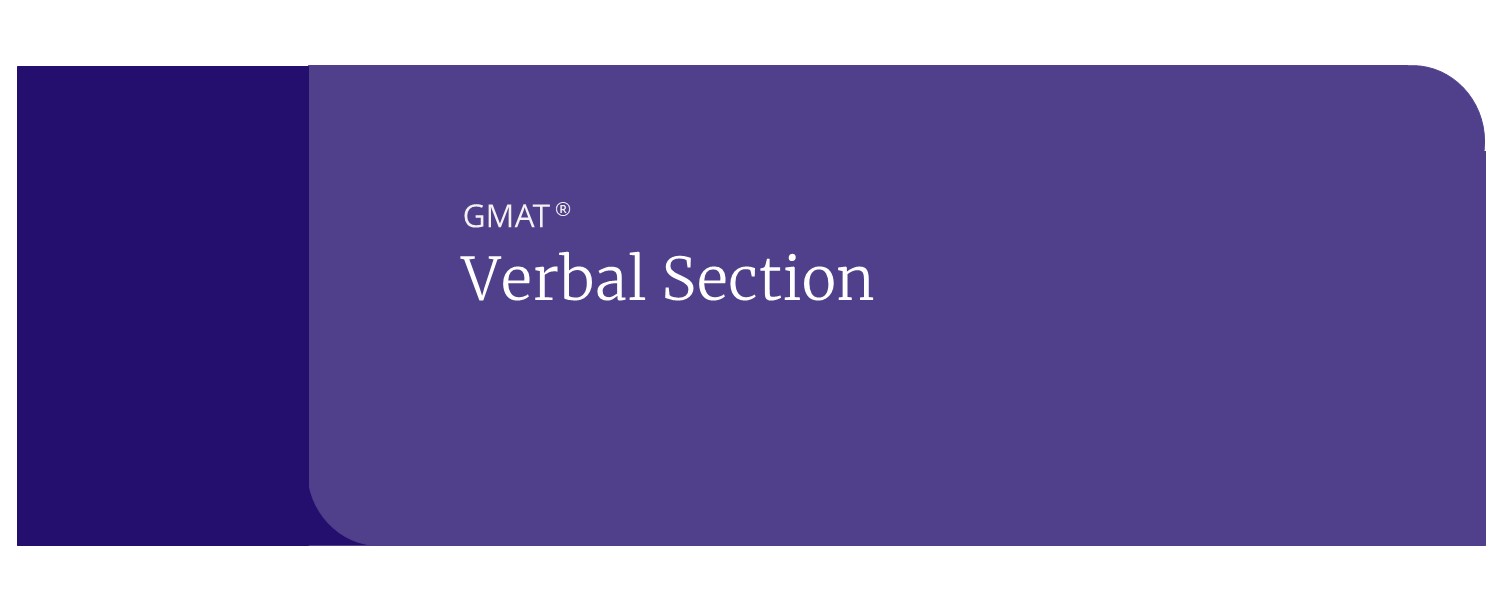GMAT Reading Comprehension Tips: CAT Strategies
The GMAT Reading Comprehension section is delivered as a CAT, or a Computer-Adaptive Test. This requires GMAT strategies you may be unfamiliar with. On some sections, the computer can be less of an assistance and more of a hindrance. Often, the older you are, the more likely it is that you spent your childhood, teen years, and even adulthood learning how to read in a paper-based world. Standardized testing, especially reading comprehension, is very different on a paper-based test than it is on a CAT. Years of paper-based reading trains many test-takers to take notes on the passage itself, underlining significant sections of the passage and putting notes in the margins near the relevant text. On a CAT, you don’t have the luxury of marking up the text. Learning to read actively–even without the benefit of marking up the text–is key to improving your reading comp score.
Here are a few ways to do that:
Reading on a CAT can require some adaptation of your usual approach, but with practice, it’s absolutely a surmountable challenge. Start early, be consistent with taking CAMP notes on scratch paper during your practice, and remember that active reading is the key to success on the GMAT!
GMAT Reading Practice Tips and Strategies
Most of us, whether or not we consider ourselves inveterate readers, have already fallen into rather stubborn reading habits—some of them good, some bad, but none of them perfect for test prep. Our reading habits are shaped by a number of factors, from how we were trained to read as undergraduates (a biology major is trained to read differently than an English major), to personal preference or natural inclination (some of us prefer novels to magazines, while others prefer not to read for pleasure at all).
While those of us who read often are in better shape for the Reading Comprehension section on the GMAT, GMAT-specific reading practice is vital for everyone who takes the exam. The Reading Comprehension section requires a certain type of reading and thinking that must be practiced.
Here are some basic steps you can take to prime yourself for GMAT-style reading even before you begin practicing with test material:
1. Read Articles: Get in the habit of reading quality writing in article form. Put down your remotes, your game controllers, and (you’ll rarely here this from an educator) your novels. Internet junkies surprisingly have an advantage here since most of the written information on the internet is in article form. If you’re not sure where to look, begin with regional newspaper websites, e.g. Los Angeles Times or New York Times. For quality articles infused with humor and a light tone, but that still maintain a scholarly bent with grown-up vocabulary, check out web magazines like Salon and Slate. Remember, though, that you will rarely encounter humor on the GMAT.
2. Know Your Weaknesses: GMAT passages are generally broken up into physical and biological sciences, the social sciences, arts and humanities, history, and business. Though it’s far from a general rule, students often perform better on articles that they find interesting. If you are the arts-and-humanities type who abhors science, try reading some science articles (avoid esoteric articles in science journals, though, since they aren’t written for a specialized audience.)
3. Read Actively and Take Notes: As you read these articles, try to rid yourself of the habit of reading passively. In other words, constantly ask yourself “what is the main idea or purpose of this article?” or “what is the purpose of this paragraph in the context of the passage?” Get in the habit of jotting down brief notes in the margins—or perhaps on a blank document on your computer—so you can more easily immerse yourself in the meaning and structure of the article. Pay close attention to the first and last paragraphs, and especially the first and last sentences of each body paragraph.

